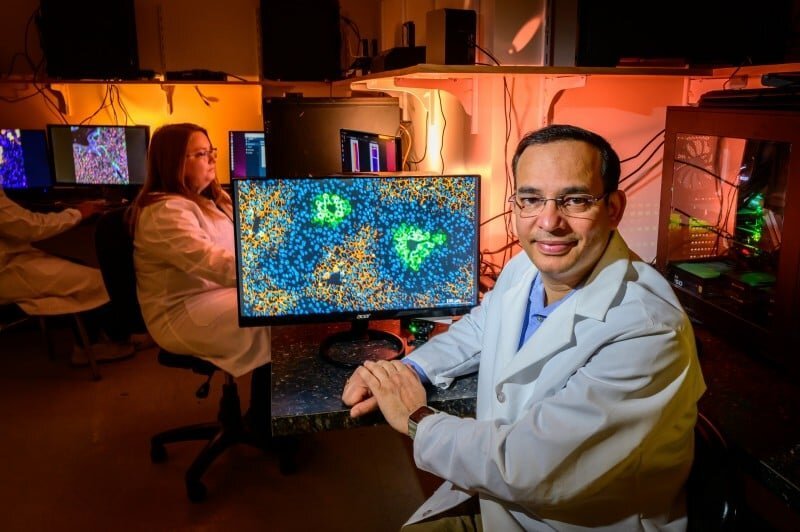The University of Illinois researchers have made a groundbreaking discovery regarding liver maturation and polyploidization, a process where cells contain more than two sets of chromosomes. Their study, published in Genes and Development, sheds light on the specialization of hepatocytes, the main cells in the liver, and holds significant implications for regenerative medicine.
The liver is a vital organ that performs over 150 specialized functions in the body, such as filtering blood, regulating blood sugar, and digesting fats. While hepatocytes are fully formed at birth, they undergo a maturation process in the first few weeks of life to develop their specialized functions. Understanding how liver cells mature and achieve their dedicated functions has been a long-standing question in biology, especially in the context of regenerative medicine.
Professor Nash Kalsotra, the lead author of the study and a biochemistry professor at the University of Illinois, highlights the importance of maturing stem cells for regenerative biology. The challenge lies in helping these immature cells transition into fully functional mature cells to aid in organ regeneration. Kalsotra’s lab focused on understanding how hepatocytes achieve maturity post-birth, with a particular emphasis on the epithelial factor ESRP2, a regulatory protein that controls RNA splicing in the liver.
Through a combination of genetic manipulation, single-cell transcriptomics, and imaging techniques, the researchers found that ESRP2 plays a crucial role in liver maturation. By modulating the activity of ESRP2 in mouse models, they demonstrated that ESRP2 directly influences liver function and the shift of hepatocytes to maturity. The study also revealed the intricate regulatory network of ESRP2, including its binding to microRNA-122 (miR-122), a key regulator of hepatocyte polyploidy.
Liver polyploidization, the process by which hepatocytes acquire multiple sets of chromosomes, is essential for their functional specialization and protection against cancer. The researchers discovered that ESRP2 activity is necessary for the timely production of miR-122 and liver polyploidization after birth. Further investigations are underway to uncover how ESRP2 influences RNA splicing and the production of miR-122 to drive hepatocyte ploidy.
Kalsotra emphasizes the significance of understanding liver cell regeneration, as the liver lacks a dedicated reservoir of stem cells. Instead, existing healthy liver cells are responsible for generating new cells in adults. By deciphering the mechanisms that govern liver cell maturation and regeneration, researchers hope to optimize the regenerative response to meet the needs of the organism.
This study provides valuable insights into liver maturation and specialization, offering new avenues for advancing regenerative medicine. The research conducted at the University of Illinois underscores the importance of unraveling the complexities of liver biology to enhance therapeutic strategies for liver-related diseases and injuries.


